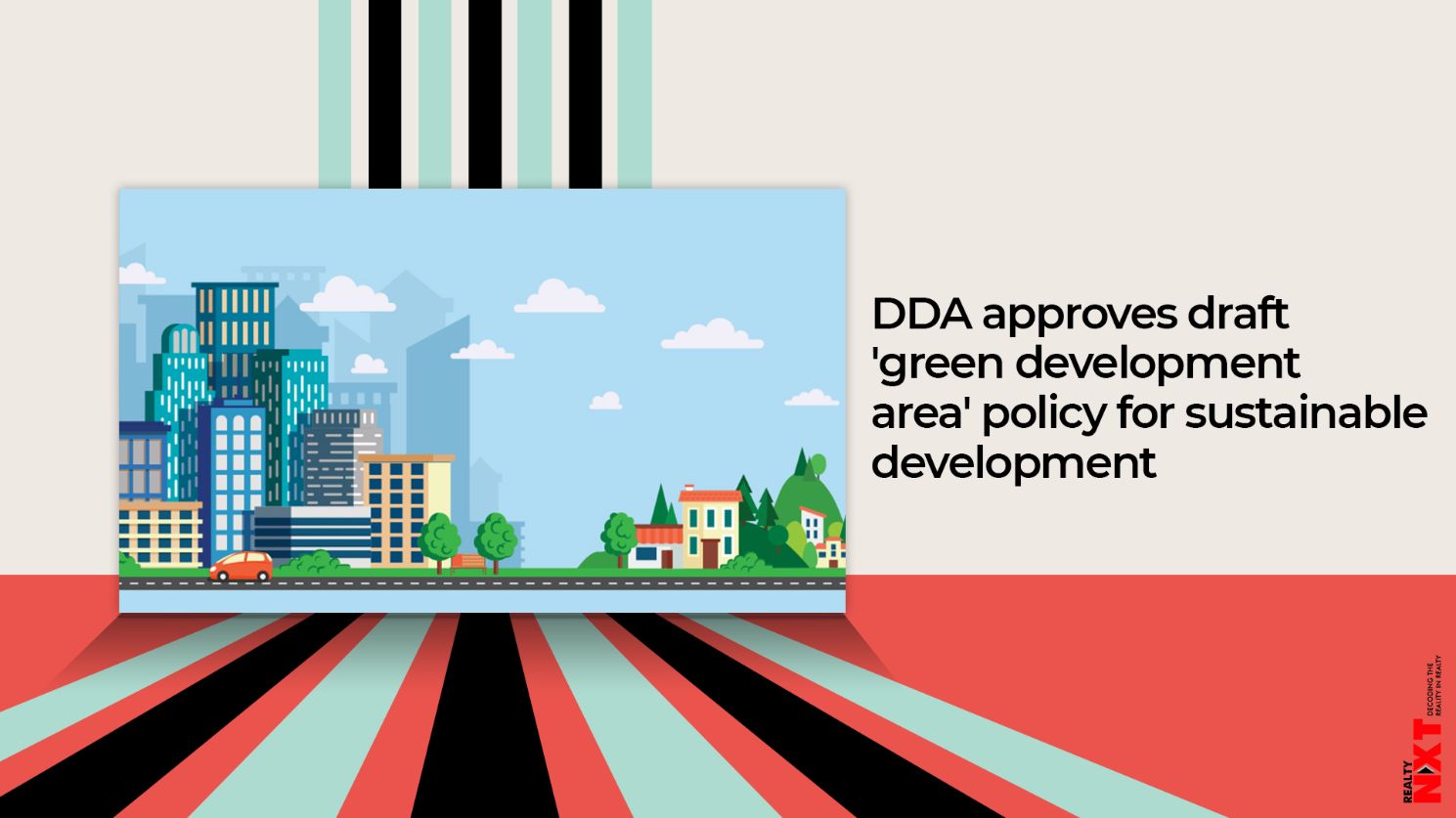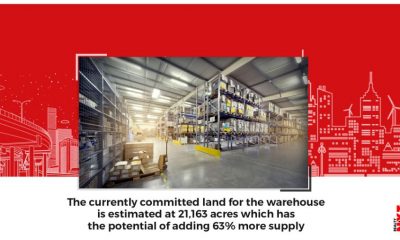“For better utilisation of land resources, a proposal for use of vacant and unallotted nursery school sites and plots, for other uses was also approved during the meeting today,” the DDA said.
The DDA on Wednesday approved a draft policy that provides a comprehensive framework for defining minimum land area required for green development and ensuring seamless development of infrastructure with sustainability, officials said.
The call was taken during a meeting of the highest decision-making body of the Delhi Development Authority (DDA), chaired by Delhi Lt Governor Anil Baijal, who is also chairman of the urban body.
“The Authority approved the draft ‘Green Development Area’ or ‘GDA policy’ to provide an integrated framework for the development of lands falling in the designated green belt and Low-Density Residential Area (LDRA) as per the Master Plan of Delhi 2021. The same shall be processed under Section 11 A of DD Act,” the DDA said in a statement.
The policy will now be put in the public domain for inviting objections or suggestions, officials said.
The objection and suggestions shall be placed before the Board of Enquiry and Hearing (BOEH). As per the recommendations of BOEH, the same shall be placed before the Authority for a final approval before being forwarded to the Ministry of Housing and Urban Affairs for notification, they said.
“The policy will encourage ‘green development’ and will ensure seamless development of infrastructure and road network within and around GDA,” it said.
Under the draft policy, a three-rung approach for the development of lands falling under GDA has been adopted, namely Grade 1, Grade 2 and Grade 3, the officials said.
The policy provides a comprehensive framework defining minimum land area required for green development, i.e for Grade 1 category, the minimum plot area required is 600 sqm; for Grade 2 it is 4,000 sqm; and 10,000 sqm for Grade 3, the statement said.
Accordingly, the FAR (floor area ratio) have also been prescribed depending on the proposed grade of development ranging from 5 in case of Grade 1; 20 for Grade 2; and an FAR of 60 for Grade 3, it added.
“The policy allows for incentivised development on agglomerated land parcels of a bigger size. It also enumerates permissible uses, activities, mix of activities, parking and other mandatory provisions,” it said.
For instance, in Grade 3 category, a wide range of activities such as higher education campuses (including vocational training), non-polluting work centres, like cyber and knowledge industry, research and development, agro-processing and packaging, cold storage, greenhouses, convention and exhibition centres, concert spaces, stadia, cultural performance spaces, museums, art galleries, have been allowed, the DDA said.
The GDA policy is primarily a green-oriented development characterised by large wooded and landscaped areas. The mandatory wooded area shall be increased as per the grade change, with minimum of 45 per cent of the plot area, in case of Grade 3 development, it added.
“All the parameters related to green buildings, green infrastructure and zero-discharge complexes will have to be adopted while undertaking the development of the land by the respective land owners. Incentives and disincentives for not adhering to the green ratings’ schemes approved thereunder has been prescribed,” it said.
This shall ensure a composite and sustainable development in the areas covered under the GDA policy, officials said.
Besides, the Authority also approved a proposal for change of land use from ‘recreational’ to ‘utility’ (U4) of 10.99 acres area for the establishment of solid waste management facilities (for processing of construction and demolition waste) at Tehkhand, the official said.
“For better utilisation of land resources, a proposal for use of vacant and unallotted nursery school sites and plots, for other uses was also approved during the meeting today,” the DDA said.
These vacant nursery school sites can now be earmarked for uses allowed as part of neighbourhood facilities, it said.
“The sites can be allotted for primary school and senior secondary school as per the prescribed CBSE norms on its own, or by way of amalgamation of adjacent plots in the layout plan as a first priority. The residential use may also be allowed in case of nursery school sites sandwiched between the residential plots by modifying the layout plans,” it added.
Besides, in view of the COVID-19 scenario and demand from various quarters, the time period for completing construction on residential, commercial, industrial and institutional plots allotted by DDA has been extended to December 31, 2022, in all surviving leases where construction has not been completed within the stipulated time period on payment of composition fee.
Source: PTI
(The story has been published from a wire feed without modifications to the text. Only the heading has been changed)
ALSO READ: Railways Registers Highest Ever Loading Figures: 2021




























